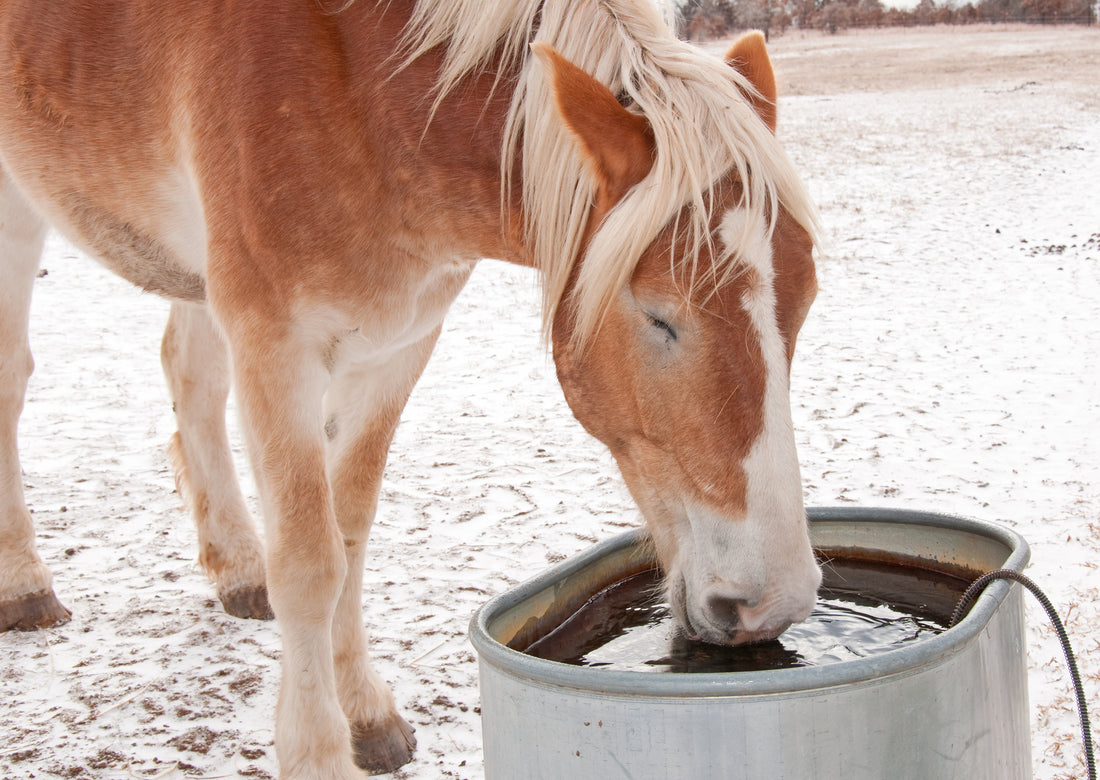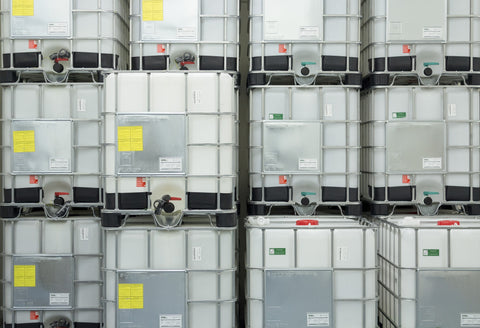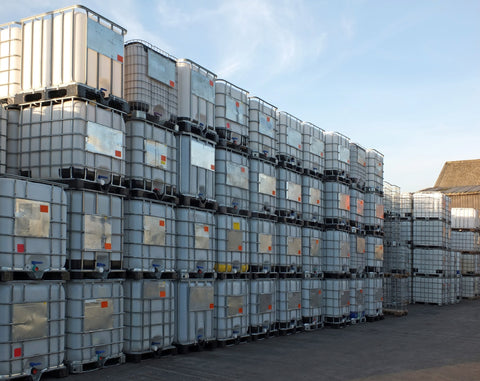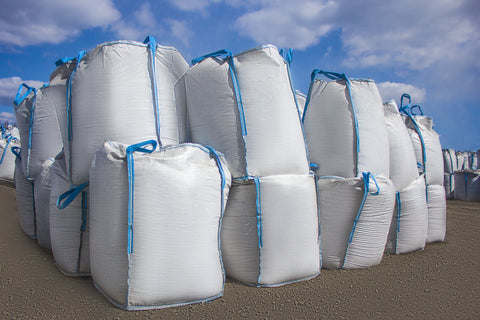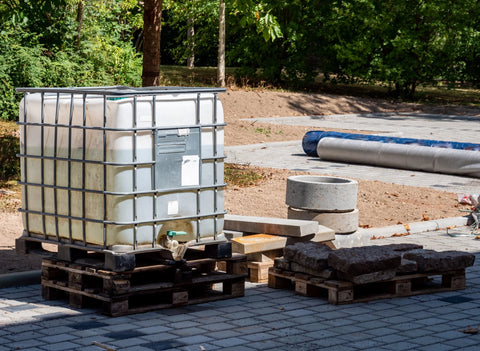Tackling the Freeze: The Essential Guide to Water Tank Deicers
As temperatures plummet, one of the significant challenges faced by many, particularly those in agricultural or livestock rearing, is the freezing of water in tanks. This not only hampers access to essential water but can also damage the tanks themselves. Here is where the role of a water tank de icer becomes pivotal. Designed to prevent water from freezing in tanks, these devices are a crucial investment for anyone managing water storage in cold climates.
Understanding the Basics of Stock Tanks
Stock tanks, traditionally used in agricultural settings for livestock, are essential for storing water. These tanks vary in size and material, with the majority being plastic or galvanized steel. In winter, stock tanks face a constant battle with cold weather as livestock owners are focused on keeping ice-free water available 24/7. The ultimate stock tank deicer plays a crucial role in ensuring that these tanks remain functional during the harsh winter months, preventing the water from turning into ice.
Maintaining ice-free water in water tanks is not just a matter of convenience; it is crucial for the health and well-being of animals. Livestock require consistent access to fresh water for hydration, digestion, and overall physiological function. In winter, when water sources can easily freeze over, animals are at risk of dehydration, which can lead to serious health issues and reduced productivity. Frozen water can also cause animals to expend unnecessary energy and warmth trying to access water, further compromising their health in cold conditions. Therefore, employing an effective stock tank deicer is vital to ensure that animals have continuous access to the water they need, safeguarding their health and maintaining the smooth operation of agricultural and livestock activities.
Types of Tank Deicers
When it comes to tank deicers, there are various types available, including floating stock tank deicers and submersible floating deicers. Each type has its specific applications, with ultimate stock tank deicers consisting of a unique heating element often preferred for their efficiency and reliability. The choice depends on factors like tank size, water volume, and environmental conditions.

In addition to traditional deicers that are placed directly in the water, there are also external heating solutions like heating jackets and wraps. These innovative products wrap around the outside of the tank and provide gentle, consistent heat to prevent the water from freezing. This method is particularly beneficial as it reduces the risk of overheating the water, ensuring it remains at a temperature that is safe and palatable for animals. Heating jackets and wraps are especially suitable for plastic tanks, where direct immersion of heating elements might be less desirable.
These external deicers are designed to maintain a stable temperature around the tank, effectively preventing ice formation without the need for direct water contact. This approach can be more energy-efficient and is often easier to install and maintain. Additionally, since these external heating elements don’t come in direct contact with the water, they reduce the risk of contamination or accidental damage to the tank's interior. This makes them an excellent choice for those seeking a less invasive yet effective solution for preventing water tanks from freezing in cold climates. When a "ready-to-ship" product doesn't fit your needs you can explore custom heating blankets that can be designed to perfectly fit your requirements.
The Role of Tank Size and Material
The effectiveness of a tank deicer is significantly influenced by the size and material of the tank. Stock tanks, particularly those used for livestock, come in a variety of sizes and materials, each with its own set of requirements for effective de-icing. Common sizes range from small 100-gallon tanks, suitable for smaller livestock groups or individual animals, to large tanks that can hold several thousand gallons of water, catering to larger herds or extensive agricultural operations.
In terms of materials, the most prevalent are plastic and galvanized steel. Plastic tanks, known for their lightweight and corrosion-resistant properties, are often chosen for their durability and ease of movement. However, they can be sensitive to temperature changes and may require specific types of deicers that are gentle yet effective. On the other hand, galvanized steel tanks, favored for their strength and longevity, can withstand harsh weather conditions but may need more robust de-icing solutions due to their metal construction, which can transfer cold more readily.
Another factor to consider is the tank's design. Some tanks come with built-in galvanized wire guards or protective coatings that can affect the de-icer's placement and function. For example, a tank with a galvanized wire guard may need a deicer that can be securely attached or placed in a way that doesn't interfere with the guard but still provides adequate heat distribution.
Furthermore, the shape of the tank can also impact the choice of deicer. Round tanks might have different de-icing needs compared to rectangular or oval ones, as the water circulation and ice formation patterns can vary with shape.
Given these variations in size, material, and design, selecting the right de-icer requires careful consideration of the specific tank in use. Understanding these aspects ensures that the chosen deicer not only prevents water from freezing but also does so efficiently and safely, catering to the unique characteristics of each stock tank.
Key Features of Effective Deicers
An effective deicer is typically thermostatically controlled, which ensures that the device activates only when necessary, maintaining the tank water at a suitable temperature. Ensuring you have thermal feedback protects the system and helps maintain efficiency. Additional features like a free cord clip and protective rubber components are also important for safety and longevity. considering the power cord, many have a float ring that allows the power cord and extension cord to stay out of the water.
Choosing the Right Deicer for Your Tank
Selecting the right deicer involves considering the tank size, material, and the typical weather conditions of the area. Tools like a convenient zone chart can help in making an informed decision, ensuring that the de-icer is well-suited for the specific tank.
Installation and Safety Tips
Installing a tank deicer requires careful attention to detail. Following manufacturer instructions is crucial, especially when dealing with electrical components like extension cords. Safety is paramount, and ensuring that the de-icer is fully submerged and correctly installed is essential.
Advanced De-Icing Solutions
For larger or more demanding environments, high-wattage deicers offer advanced solutions. These deicers, often equipped with float rings and advanced thermostatic controls, are designed for tanks with higher volume and usage requirements.
Preventative Measures and Maintenance
Regularly checking and maintaining your de-icer is essential to prevent issues. This includes inspecting heating elements and ensuring all electrical connections are secure and free of damage. Preventative maintenance can extend the life of your deicer and ensure it operates efficiently.
Additional Considerations for Livestock Owners
For livestock owners, ensuring that water tanks are accessible and safe is crucial. Specialized deicer products like poultry waterer deicers cater to specific needs, ensuring that animals have access to liquid water even in freezing temperatures.
Troubleshooting Common Deicer Problems
Common issues with deicers can range from defective products to not maintaining higher temperatures or keeping the water ice-free. Understanding how to troubleshoot these problems, such as checking for damaged liners or ensuring the de-icer is appropriately submerged, is vital.
FAQs
How hot does a tank de-ICER get?
The thermostat on this unit controls its operation until the temperature on page 4 of the application reaches about 45 F. Water will cool down as soon as it has reached 45 F.
What is a floating de-ICER?
The floating cooling duct ensures that stock tanks remain completely frozen and the tanks are kept cool without causing excessive temperature fluctuations. A thermostat-controlled thermostat protects against heat loss. The thermostat is installed with a durable heating element that guarantees safety in low-water environments.
How many watts is a stock tank heater?
Stock tanks and utility deicers are used to stop water from freezing in winter. A large 1500-watt bucket deicer can supply a large stock tank of 300 gallons. The heat is too hot to keep it from freezing.
How does a tank de-ICER work?
Our ultimate stock tank dryers are thermostat-controlled for maximum water temperature at a maximum. The tank water can freeze if there are thermostats inside the unit or when the tank is shut off.
Securing Your Tanks Against Winter: A Summation of Effective De-Icing Strategies
Choosing and using the right water tank deicer is essential for anyone managing water tanks in cold climates. With a range of products available, it's important to understand your specific needs and select a product that meets those requirements.


